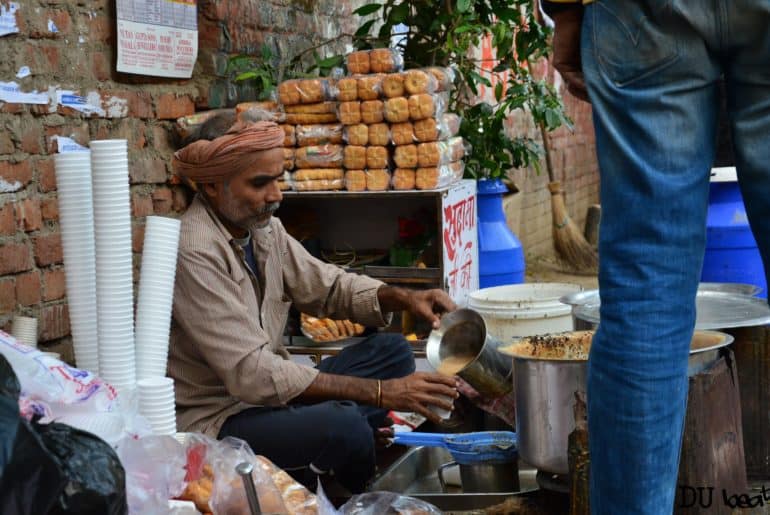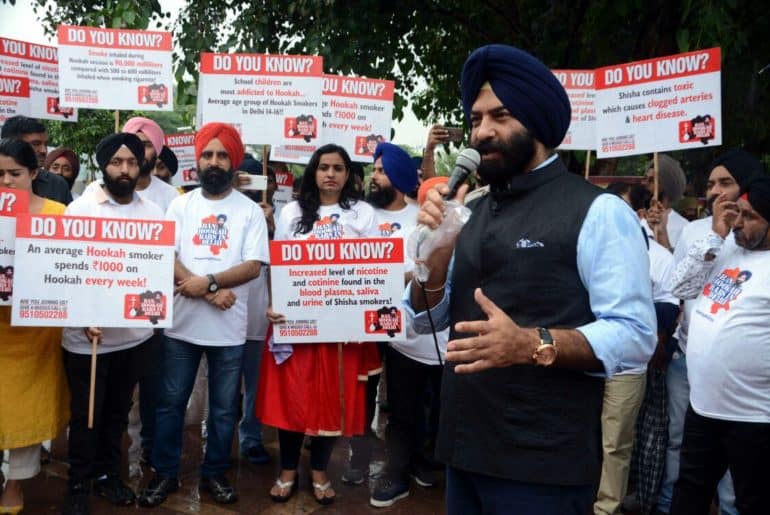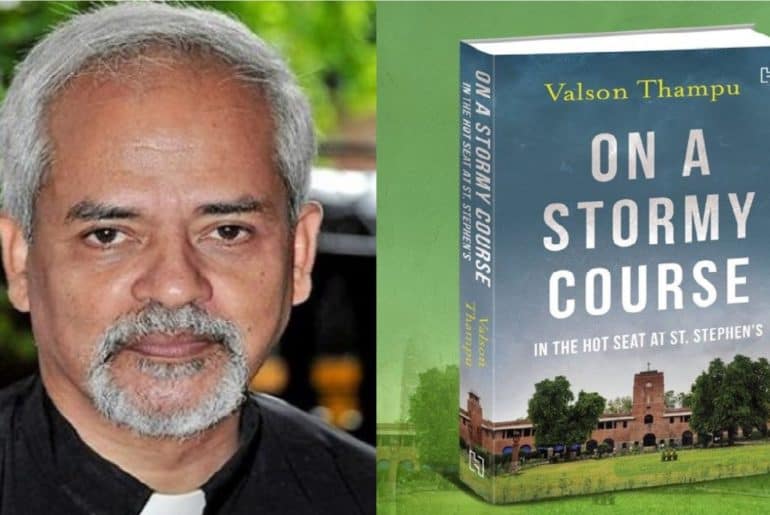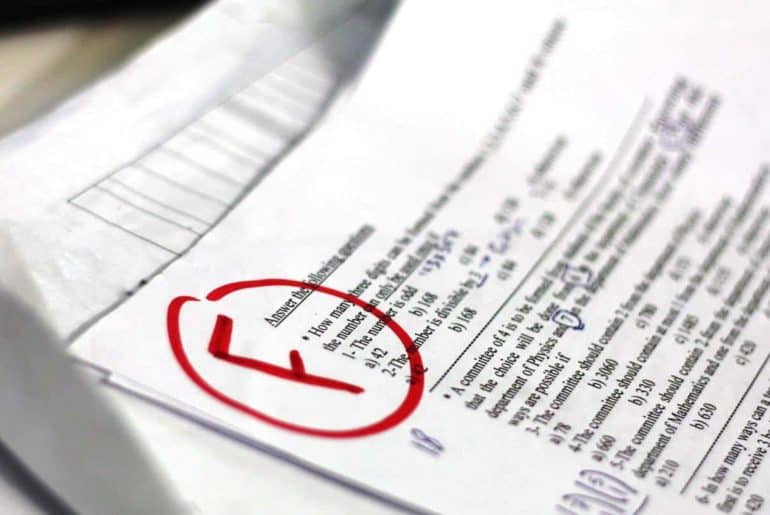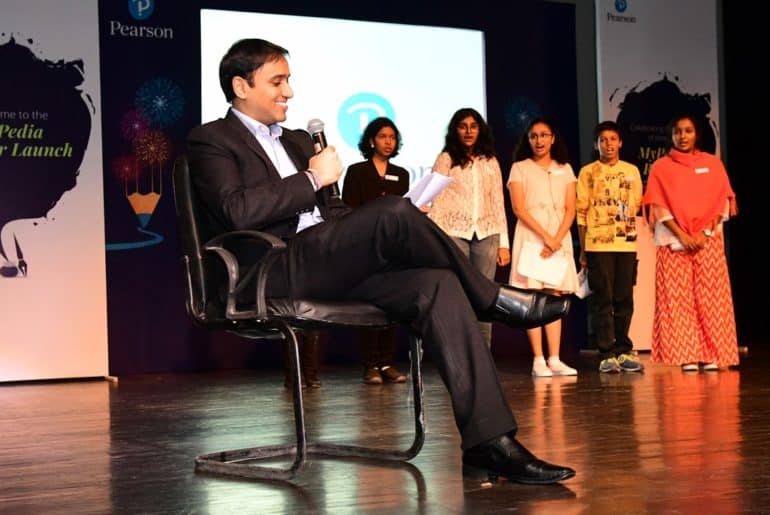Why should students read Principal Thampu’s memoir as titled above?
Well, because they are at the center of it! The book is all about them! They’d agree; if they believe, as I do, that education is student-centric. There isn’t a single event dealt with in this book to which they are irrelevant.
The sanity of the sphere of education is far more crucial for students than it is for teachers, administrators or managements. The integrity of the learning milieu is of utmost importance for them. Why else would they struggle so hard, long so deeply, to get into a ‘good college’? What is a good college?
Secondly, they must read this book, if they want to know what really happened and did not happen. All the while the tumult raged, they were dished out one-sided versions. Surely, truth cannot be one-sided, just as the road you travel cannot be only the left side, and not also the right side! Those who respect themselves would not wish to remain dumping grounds for the falsehood fabricated by others. Just ask yourself: why are some people so scared of this book?
One of the strengths of this book is that it offers a perspective on St. Stephen’s, which most people lack. That includes teachers too, which is a pity. I find it strange that we take pride in being Stephanians, but remain ignorant of the essence of our Alma Mater!
Third, they must read this book to see how adversity can be transformed into an advantage, suffering into strength and calumny into creativity. We cannot control how life will treat us. But we can decide how we shall respond to the challenges that are thrown at us. What matters is not what is done to us, but what we do with whatever happens. That’s the secret of being human!
For that to happen, we need to enrich our intellectual life, broaden our perspective, heighten our inner strength. When life puts us to the test, we will have only our inner strength to bank on. All labels fall away. All props crumble. You will have only yourself, who you are, the stuff you are made of, to draw from. I share my experiences candidly with my readers to drive this point home. I have been asked by innumerable people-
How did you survive the ordeal? The book answers that.
Life becomes an adventure, not when you take the path of least resistance, but when you stand on your feet and fight the good fight, not because you love fighting but because the ideals under attack are so dear to you that compromising them is worse than death. As I have written in the book-
Life becomes worth living when there is a goal worth dying for.
Students of St. Stephen’s College, in particular, should read this book because this is, very substantially, a continuation of the morning assemblies! Many of the insights and principles embedded in this book have been introduced to them through the assemblies. Yet, there is this one thing that you will not fail to note….
When you encounter those insights on the pages of this book, they will, I assure you, strike you with a touch of freshness that could make you feel you are meeting them for the first time! That’s the alchemy of writing.
Finally, we all need touchstones to test the mettle of our being. Who are we? Where do we stand? How strong are we? How far can we go? And how long endure?
We need to know. But how can we know? Mostly we take these things for granted and drift along. So, we remain under-prepared. When the sting of life touches us, we burst like balloons. We need not.
My memoir is a case study, for young people, on being ready for the challenges of life. Life without challenges is flat and boring. It is not different from the life that animals lead. Life is great because of storms too. Life is beautiful, as Nietzsche said, because it is painful. And pain, says Khalil Gibran, is the raw material for joy.
India has 40000 college principals. How many of them write memoirs? In half a century? Why is this such a scarce genre?
Because most people prefer an easy passage. So, they sit out their tenures. The chair becomes larger than them. They become ‘chair’ men and women. That is to say, the only relevant thing about them is that they occupy chairs. Then, one day, the chairs go. They are reduced to nothingness.
What a pity!
It does not have to be like that. It should not be so with you. Believe you me, it is not like that with me. I continue to be as vital and significant post-retirement as I was while in office. Without this spirit, one is only a scarecrow ensconced in a chair.
Stephania, remember, is not a label, but a quality of being alive. It is a benchmark for vitality and a seal of stature.
This I say without fear of contradiction: a work like On a Stormy Course would not have been born in any other educational institution in India. So, in that sense, it embodies the essence of the College. Surely, you would welcome an opportunity to feel it!
Finally, you must read it also because this book is a gripping narrative, splendidly written. This is not what I am saying, but everyone, who has read it. And I find it hard to disagree with them!
Read it here (http://amzn.in/6uBl8Pu) and tell me, if you can.







